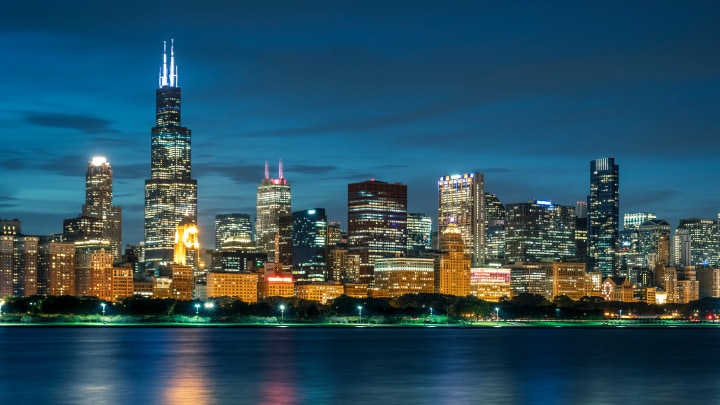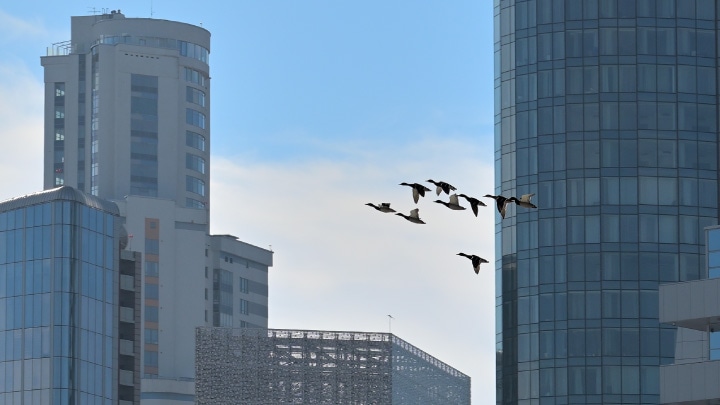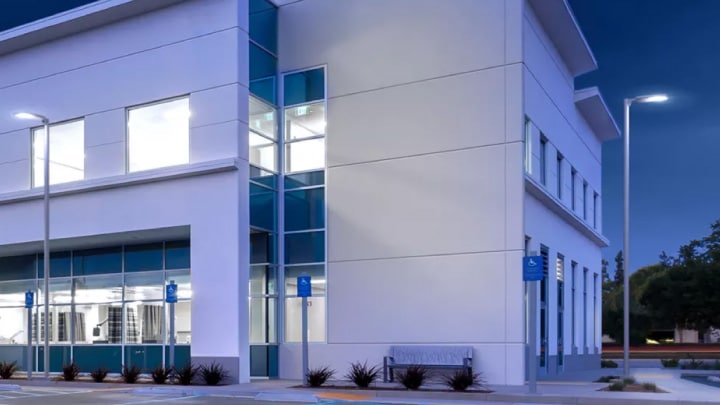
When artificial lighting draws birds off their migration path, the birds become vulnerable around glass buildings that confusingly reflect the sky and habitat around them.
Though the majority of collisions with buildings actually take place during the day, night-time lighting is a frequent cause of this phenomenon. In fact, the NYC Audubon Society suggests that the amount of light emitted by a building at night is a strong predictor of the number of collisions it will cause – even more so than building height.


